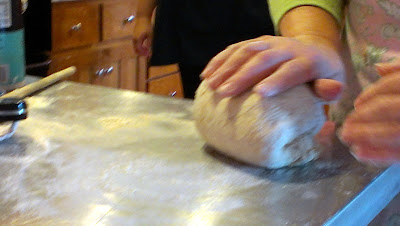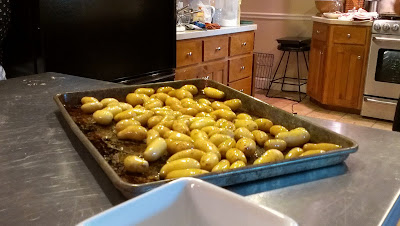 |
Georges Simenon
creator of Inspector Jules Maigret |
I have now returned three mysteries unread to the library that take place in Paris. All three were duds. I have written my thoughts on the first two and will not waste any more time writing about the third.
I don't know what I was thinking. What I needed to do was to spend time with pipe-smoking Inspector Maigret of Paris. Classic! I stopped by a used book store hoping to find one or two of Georges Simenon's creations.
Zéro.
So I headed to the main library and found two shelves full of Maigret mysteries. What to choose? After careful consideration I picked
Maigret and the Millionaires and
Maigret on the Riviera. In the first, Maigret solves a murder that happened at the luxurious Hotel George V. In the second, no surprise here, he is on a case on the Côte d'Azur
.
I am sure I won't be disappointed.
On another note, I finished reading
Paris Was Ours: Thirty-two writers reflect on the City of Light. Well, actually, I finished reading all the ones written by women of which there were 21. I will save the experiences of
les hommes for another day.
Here are stories of women at all stages in life: single, divorced, married, mothers, students, young, mature, and
émigrés all trying to find their way. Some had easier times than others. Some had connections when they arrived in Paris to ease their way with French customs; others had no one. The different views are what put the zing in these tales of Paris. No matter what memory or illusion one might have of how Paris is or could be, there is always someone who will come along to offer a totally different view.
Remember Hemingway's quote from yesterday?
There is never any ending to Paris and the memory of each person who has lived in it differs from that of any other.
The stories from
Paris Was Ours prove that to be true.










































